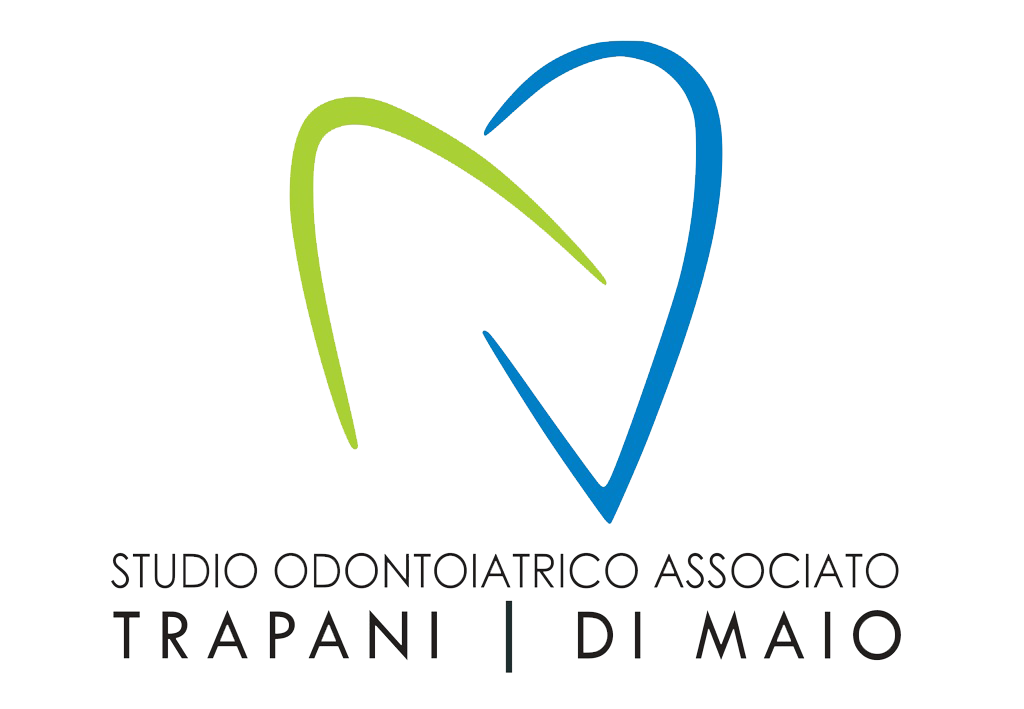Conservative dentistry is the branch that deals with repairing teeth damaged by decay, trauma or fractures, with techniques that preserve the natural structure of the tooth, restoring its aesthetics and functionality.
What is conservative dentistry?
Conservative dentistry is an integral part of restorative dentistry: it aims to save the damaged tooth, avoiding more invasive therapies such as root canal treatment or extraction. It works by removing only the compromised tissues and restoring them with adherent and biocompatible materials.
Why is it important to intervene in time?
A conservative intervention at the right time:
- Prevents the progression of tooth decay towards the pulp
- Prevents more invasive treatments
- Maintains the original masticatory function
What does conservative treatment consist of?
- Isolation of the operating field – often with a rubber dam, to avoid contamination
- Removal of damaged tissue – using rotary instruments or laser in some advanced cases
- Application of the chosen material – composite resins are preferred for biocompatibility and aesthetic performance; in deep cases glass ionomer cements are used
- Finishing the restoration – polishing, occlusal inspection and finishing
What materials are used?
- Composites: aesthetic, resistant resins, adhering to enamel and dentin
- Glass ionomer cements: useful for chemical adhesion to dental tissues, although less performing than composites
Who is it suitable for?
- Decayed teeth at any level
- Fractures or chips
- Prevention of prosthetics or root canal treatments
- Situations that require minimally invasive intervention.
Is it painful? Is anesthesia necessary?
In most cases the treatment is well tolerated, and local anesthesia is used only if the patient feels discomfort. New technologies (e.g. laser) can further reduce intraoperative pain.
FAQ
How long does a conservative restoration last?
It depends on hygiene, material and technique. On average it lasts several years if well performed and maintained.
What happens if I stop treatment?
Tooth decay can progress to the point of affecting the pulp, making a root canal or extraction necessary.
Is it necessary to use the dam every time?
Yes, it is a fundamental tool to ensure adhesion and durability of the restoration.
What is the difference between conservative and aesthetic dentistry?
The conservative one restores form and function, while the aesthetic one focuses on a visually optimal result.
